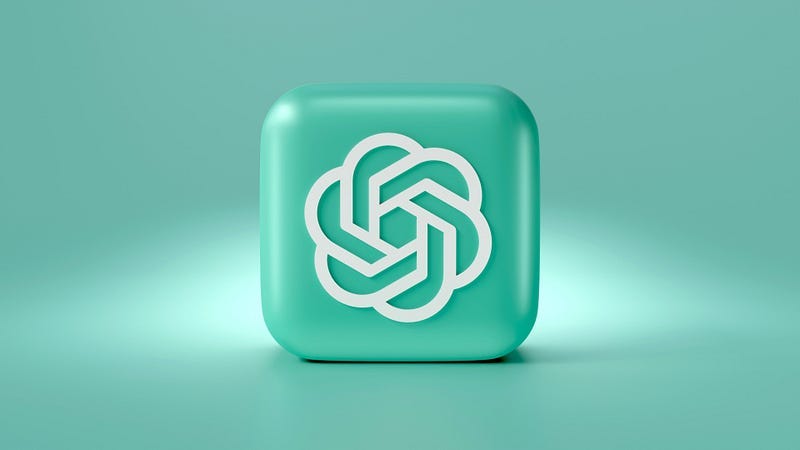How ChatGPT Works (In Plain English)
Learning how ChatGPT works will help you be ahead of most ChatGPT users.
Since ChatGPT was launched back on November 30, 2022, we heard multiple times words like LLMs, GPT, neural networks, and more.
While it’s not necessary to understand such concepts to use ChatGPT, if you learn the technical stuff behind ChatGPT, you’ll improve how you work with it when creating prompts, understandin…


